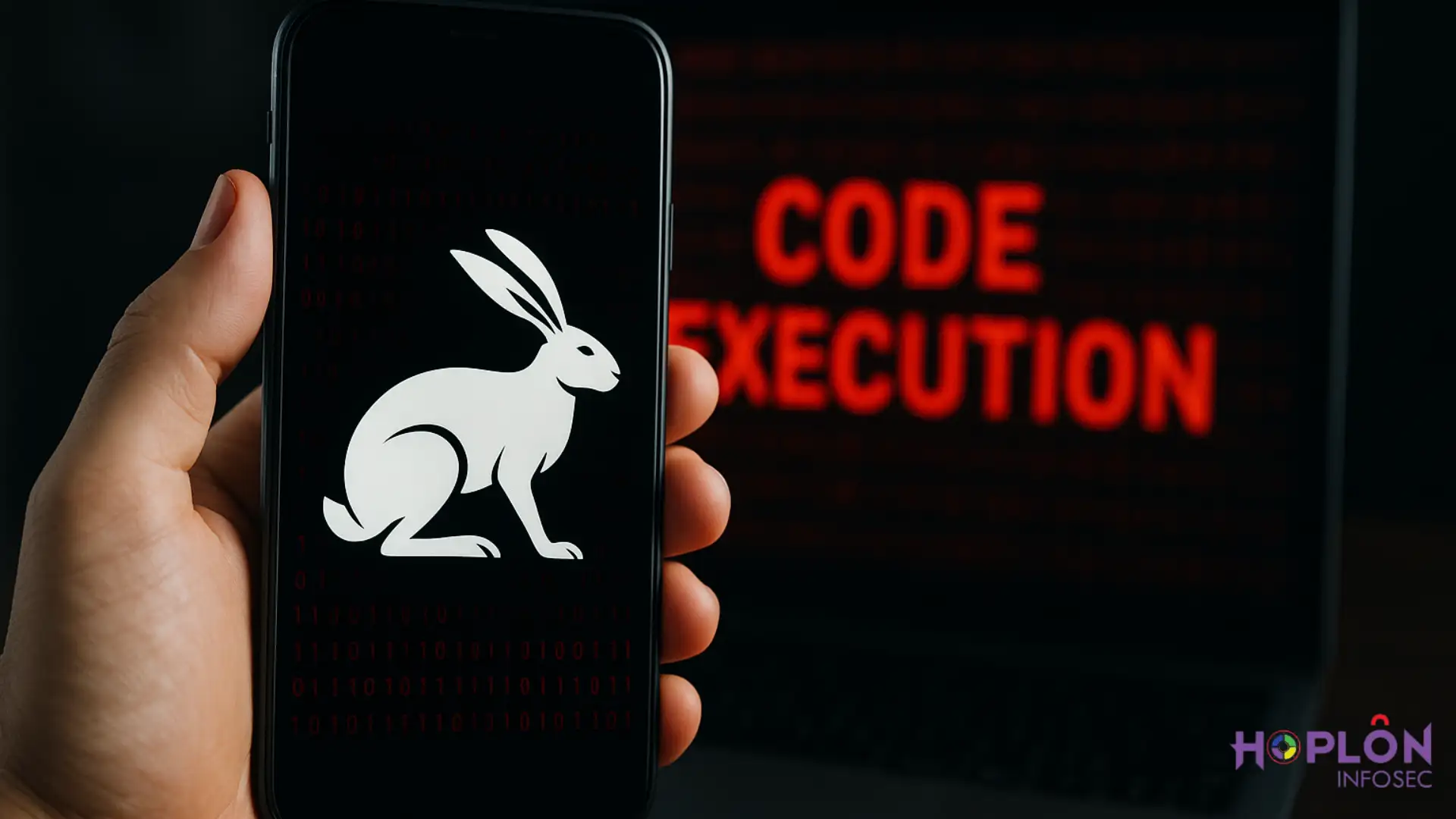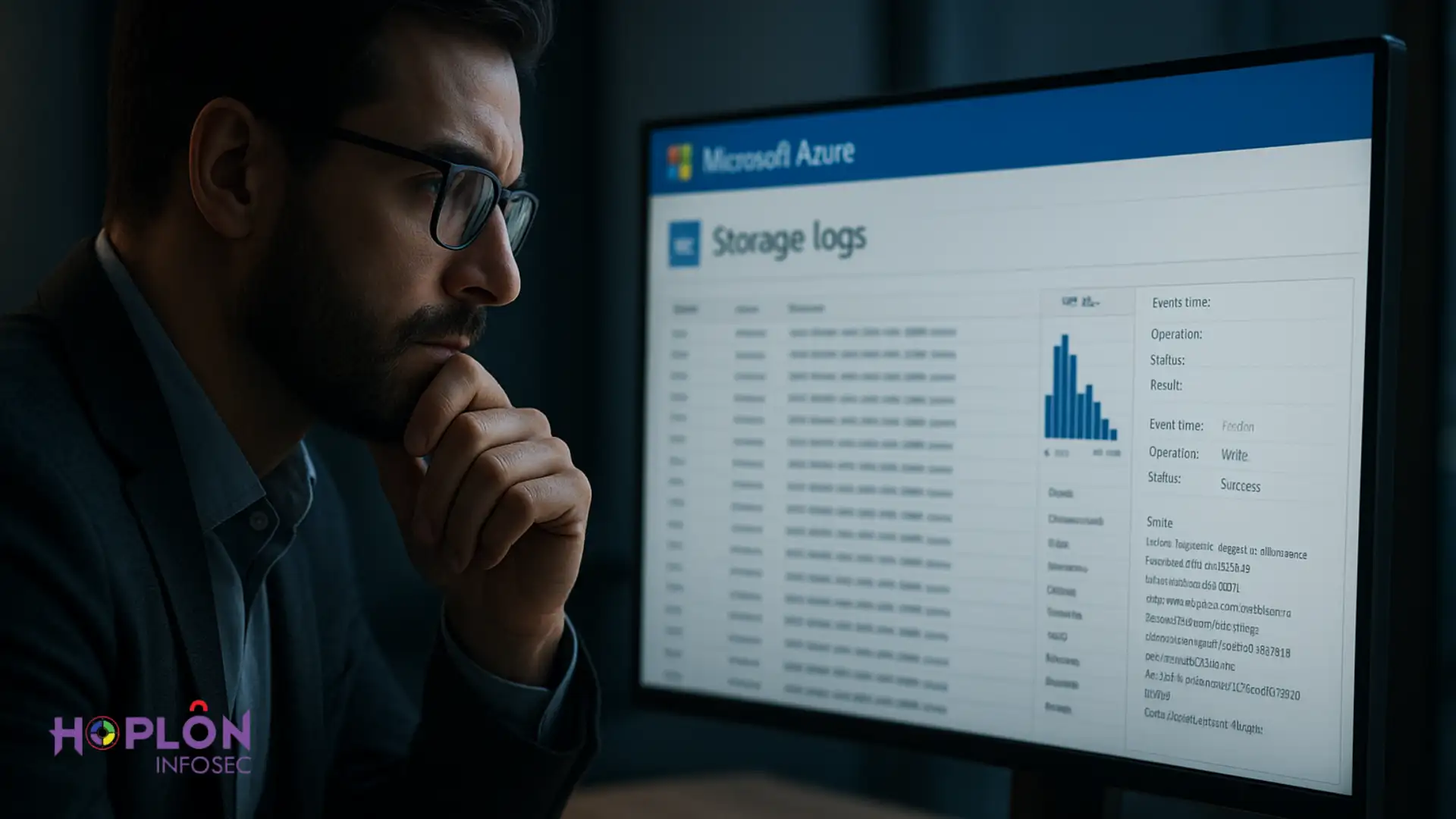Suppose, you wake up one day and learn that some of the most critical technological secrets in the world were stolen right in front of your eyes. That is exactly what happened to Taiwan’s semiconductor industry, which designs and builds the tiny chips that power almost everything we use today, from our smartphones to our cars, between March and June 2025. But this wasn’t just a hacker having fun or trying to make some fast cash. The Chinese government did not agree with what happened. This shows that they had a lot of money, very skilled people, and long-term aims that went beyond just stealing money.
These attackers were able to sneak into many semiconductor companies without anyone noticing because they used advanced tools and smart techniques. What do they want? To get Taiwan’s best semiconductor technology. Why? China wants to speed up its own growth in this important industry so it doesn’t have to depend on other countries for these parts. This wasn’t just any regular cybercrime, though. China planned and paid for a huge surveillance operation that was supposed to help them win the race to make the greatest semiconductors in the world.
How Chinese Hackers Infiltrated Taiwan’s Semiconductor Sector
The attackers must first gain access to your system. Usually, they begin by sending a well-crafted email that appears authentic, possibly from a business you trust or someone you know. There is a hidden trap in this email: an attachment or link that, when clicked, inadvertently installs malicious software on your computer. For them, a single click acts as a gateway.
The malware doesn’t cry out or show itself once it’s inside. Rather, it operates silently while looking through your system for crucial files, such as financial records, work documents, or personal information. When it discovers these, it uses a unique code known as encryption to securely lock them up. You can’t use these files without the key.
The demand follows. A ransom note on your screen informs you that the attackers are holding your files hostage. You must pay, usually in digital currency like bitcoin, if you wish to regain access. If you don’t comply, they may even threaten to divulge your personal information.
However, more is taking place in the background. The attackers do not simply lock and abandon your files. Even if you believe you have fixed everything, they can still enter your network covertly later by creating back doors. Without setting off any alarms, they stealthily navigate through your system, collecting data, passwords, and access to other linked devices.
To put it simply:
1. A software flaw or phishing email allows the attackers to gain access.
2. They infect your device with malware, such as ransomware.
3. They search your network for important files and systems.
4. They leave a ransom note and encrypt your files.
5. To maintain access over time, they install back doors.
6. They steal confidential data covertly.
7. To unlock files and protect stolen data, they demand payment.
It’s a clever, well-thought-out procedure meant to catch you off guard and trap you before you realize what’s going on. Being aware of this keeps you ahead of the game.
Who Was Responsible for the Attack?
The breach wasn’t the work of casual hackers seeking quick money. It was carried out by a government-backed group, known as a state-sponsored hacking group or APT (Advanced Persistent Threat). These groups quietly infiltrate systems and remain hidden for months or years, stealing valuable information to give their nation an economic or political edge.
They have targeted sectors like healthcare, finance, infrastructure, and now semiconductors. Their approach is like a strategic chess game, patiently positioning themselves for long-term gains. Even if they manage to fix one breach, they might still have hidden access points.
These skilled hackers operate covertly with government support, making them highly dangerous. To stay safe, understand you’re facing well-organized teams, not just lone criminals.
Financial Impact and What It Means for You
The damage from such cyberattacks goes beyond ransom payments. Businesses experience downtime, missed orders, idle employees, and a loss of customer trust, which can sometimes result in permanent closure. Hospitals and emergency services suffer too, risking patient care and lives. Individuals risk identity theft through stolen personal data, which can lead to financial fraud and years of recovery. Stolen information often ends up on the dark web, fueling more crimes. Governments see these attacks as major threats to critical infrastructure like power grids and transport, increasing geopolitical tensions and prompting stricter cybersecurity measures.
These cyberattacks impact real people, economies, and international relations, not just news stories. Always keep in mind that people’s safety and livelihoods are on the line.
How to Keep Yourself Safe
Now pay close attention as I outline the best defenses against these cunning cyberattacks. Consider this your personal shield, something that will keep you and your data safe.
First, make sure your software is always up to date. Hackers enjoy taking advantage of long-standing flaws in unfixed software. These updates fix the vulnerabilities that attackers attempt to exploit, so they’re more than just obnoxious pop-ups.
Then, when you receive emails or messages asking you to open an attachment or click a link, proceed with extreme caution. Take a moment to reconsider, even if it appears to be from someone you trust. Many attacks begin when someone clicks without recognizing the trap.
Make use of secure passwords. Use secure passwords that are not only easy to remember, but also distinct and intricate for each account. If that seems too much to handle, consider using a password manager, which securely remembers all of your passwords for you.
Whenever possible, enable two-factor authentication. This implies that a second code, typically from your phone, is still required to gain access even if someone manages to figure out your password. It’s similar to having a second lock on your door.
Make regular backups of your important files. Store backup copies of your files in a secure location away from your primary system. These backups are your lifeline in the event that ransomware attacks occur.
Install and maintain up-to-date trusted security software, such as antivirus and anti-malware programs. They assist in identifying dangers before they enter.
For both you and your coworkers, education is essential. Learn to recognize scams, phony websites, and phishing emails. Knowing more makes you less susceptible to deception.
Restrict network access. Not everyone requires total authority everywhere. You lessen the likelihood that hackers will be able to move freely if they manage to get in by limiting permissions.
Finally, know exactly what you’ll do in the event of an attack. To reduce damage, be aware of who to call, what to do, and how to act fast.
In conclusion, the following is what you ought to do:
• Please ensure that all of your software is up to date.
• Refrain from opening dubious attachments or links.
• Adopt robust, unique passwords and consider utilizing a password manager.
• Turn on two-factor verification.
• Make regular offline backups of your most important files.
• Make use of reliable security software and maintain its updates.
• Inform your group and yourself about online dangers.
• Restrict permissions and network access.
• Create a plan for responding to incidents.
If you follow these practices, it will be much more difficult for attackers to trap you. Keep in mind that your best defense is knowledge and sound habits.
Knowledge Acquired
These days, cybersecurity is not limited to the IT division. Everyone must be concerned about it, including the CEO, each employee, and each user. Somewhere, someone wasn’t completely prepared, or a step was missed, which allowed the hackers to get in. Perhaps the system was out of date, or perhaps clicking on an email distracted you for a moment. For attackers, these tiny openings turn into large doors.
If you believe that “this won’t happen to me,” you are taking a risk. Attackers target anyone, not just large corporations. Sometimes access is the issue, and other times it’s opportunity. In actuality, nobody is too small or cautious to be safe without ongoing attention to detail.
What then ought one to do? Take initiative each and every day. Don’t wait for calamity to happen.
First, make sure your devices and software are always up to date. Security flaws that hackers love to exploit are fixed by updates.
Secondly, educate both yourself and those around you. Educate your team, family, friends, and anyone else who could fall victim to phishing or scams.
Third, make regular backups of your important files and verify that they are functioning. When ransomware hits, those backups can save you.
Fourth, pay attention to network security. Segment your network to make it difficult for hackers to move around if they manage to get in.
Fifth, respond to incidents with a well-defined and honed plan. Knowing who to call and what to do quickly can make a significant difference.
Finally, collaborate with cybersecurity professionals who are knowledgeable about current threats and can help you create strong defenses.
We at Hoplon Infosec accompany you on this journey. We offer comprehensive risk assessments to identify your weak points, simple-to-understand training, and emergency support to act swiftly in the event of an emergency. We want you to be ready, secure, and self-assured in the face of any cyberthreat.
A brief summary for you
• Update your devices and software frequently.
• Educate those in your vicinity about scams.
• Please ensure regular backups are made and tested.
To improve security, segment your network.
• Maintain a well-defined incident response strategy.
Collaborate with cybersecurity professionals such as Hoplon Infosec.
Keep in mind that everyone shares responsibility for cybersecurity. You can keep your digital world safe if you remain vigilant and organized.
To sum up
The scope and sophistication of cyberattacks are increasing. Being prepared and knowledgeable is the best way to stay safe. Start protecting your digital life now rather than waiting until it’s too late.
Did you find this article helpful? Would you like to learn more about our cybersecurity product services?
Ø Explore our main services –
- Mobile Security
- Endpoint Security
- Deep and Dark Web Monitoring
- ISO Certification and AI Management System
- Web Application Security Testing
- Penetration Testing
For more services, go to our homepage.
Follow us on X (Twitter) and LinkedIn for more cybersecurity news and updates. Stay connected on YouTube, Facebook, and Instagram as well. At Hoplon Infosec, we’re committed to securing your digital world.




